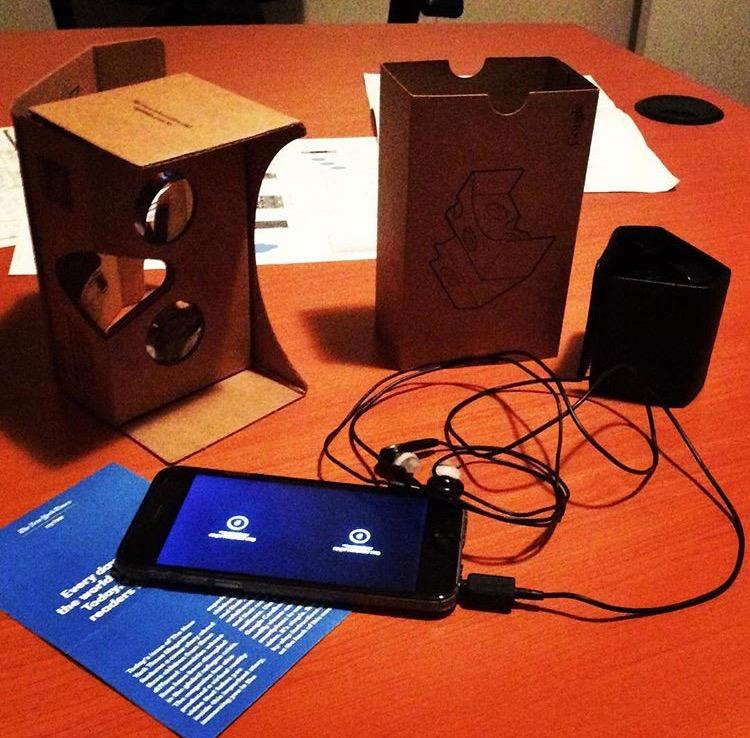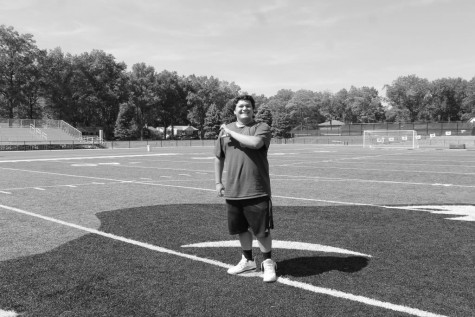A new way of looking at news
November 19, 2015
The New York Times has partnered with Google and released its new virtual reality app.
On Nov. 8, Sunday subscribers of the Times received Google Cardboard, which is essentially a piece of cardboard with glass eye holes that a subscriber can slide his or her phone into. To use the cardboard, the Google-and-Times collaboration app must be downloaded. A user would then have to download one of the many videos in the app. The user would then take his or her phone and insert it into the designated slot and begin the video.
There were five videos released initially. The Displaced, the longest of the five, is eleven minutes long. The video takes the viewer through the lives of three children, 11-year-old Oleg, 9-year-old Chuol and 12-year-old Hana, who were forced out of their homes due to conflict.
To begin the story, the viewer follows Oleg and two other boys through the rubble on the streets of Ukraine.
The story then continues to Chuol in Southern Sudan, where the viewer sits in a row boat rowing through alligator and crocodile infested waters.
The viewer then finds him or herself walking through the fields of Lebanon with the Syrian refugee family of Hana.
Another video is titled Walking New York. Throughout this video, the viewer experiences different aspects of city life such as the making of a Times cover, the work of artist JR and a helicopter ride over New York City. New stories are released every day.
Although the companies are sending the Google Cardboard out through the print edition of the New York Times, this is a play at expanding its digital aspect. About 70 percent of the Times’ revenue comes from the print edition.
The Google Cardboard goggles have been sent out to every subscriber of the Sunday Times print edition and a digital redemption code has been sent to online subscribers. The Google cardboard is also available online for $23.95.
The Google Cardboard is compatible with both iPhones and Androids.
Despite all of the great aspects of this new form of journalism, there are flaws that have come along with it as well.
The Google Cardboard paired with the app is posing some issues for users. Many people have had to change their zoom settings to use the app to its full ability. Many people have encountered problems such as seeing double images. The text can be hard to read and the resolution is noticeably blocky for individuals who have become accustomed to the high resolution on iPhones and Androids.
The Times has released many statements on VR, saying that it is “betting big on VR” and that they are “committed to VR storytelling.” The Times says that this is a new form of storytelling.
This new form of journalism has the ability to appeal to teenagers and the younger population, which is an audience that the print or digital usually does not appeal to.




